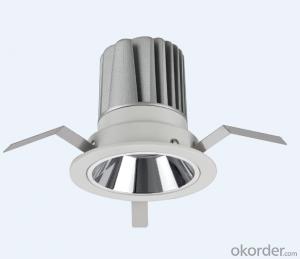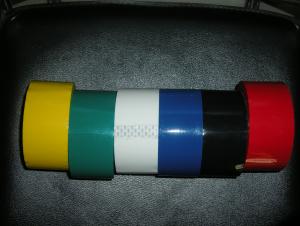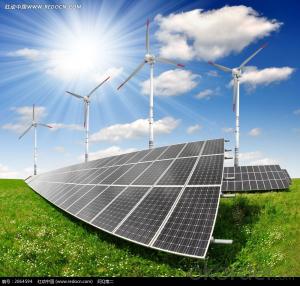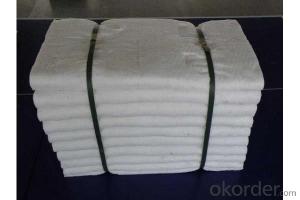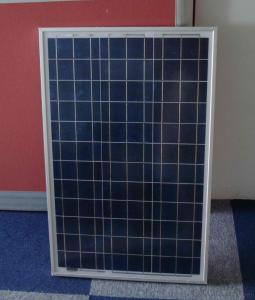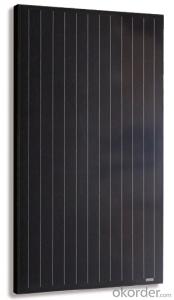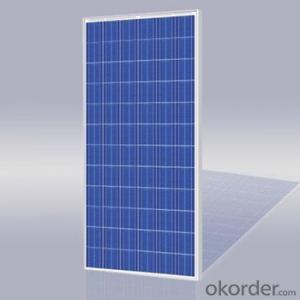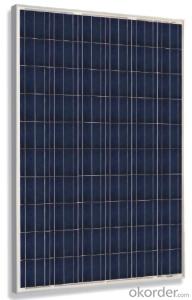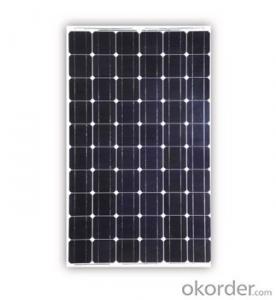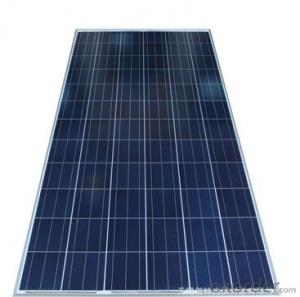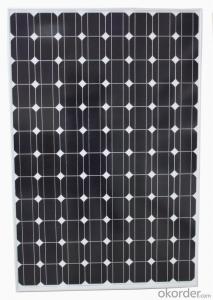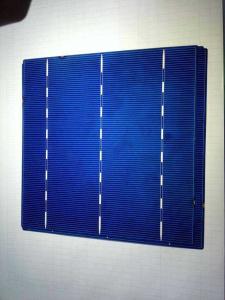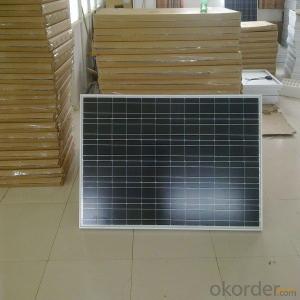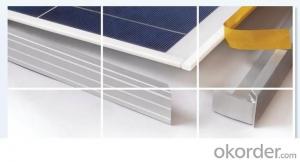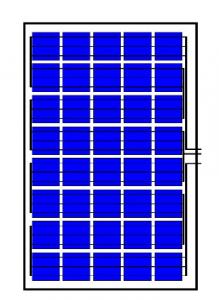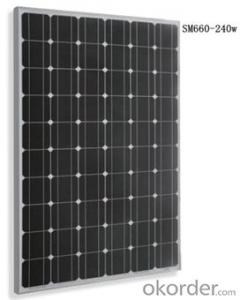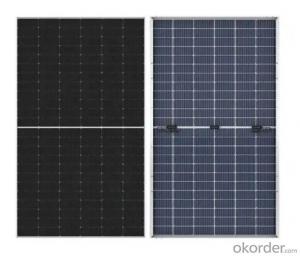Bp Solar Module
Bp Solar Module Related Searches
Bottom Solar Led Module Solar Light Module Solar Module Construction First Solar Series 6 Module Solar System Module Solar Power Management Module Solar Power Module Black Solar Module Bosch Solar Module C-Si M 60 Solar Battery Charger ModuleHot Searches
China Ac Module Solar Panel China Solar Ac Module China Solar Module Prices China Solar Module Solar Module China Ac Module Solar Panel Price Solar Inverter Panel Price Solar Panel Module Price Solar Module Wholesale Price Solar Module Price Per Watt First Solar Module Price Solar Module Price Increase Solar Module Price Solar Panel Inverter Size Solar Panel Module Size Solar Panel Inverter Suppliers Solar Panel Module Types Solar Inverter Solar Panel Tesla Solar Panel Inverter Solar Hot Water Collectors For SaleBp Solar Module Supplier & Manufacturer from China
Okorder.com is a professional Bp Solar Module supplier & manufacturer, offers integrated one-stop services including real-time quoting and online cargo tracking. We are funded by CNBM Group, a Fortune 500 enterprise and the largest Bp Solar Module firm in China.Hot Products
FAQ
- Yes, solar panels can be installed on both poles and ground mounts. Pole-mounted solar panels are typically used in situations where there is limited space or when the panels need to be elevated for better sunlight exposure. Ground-mounted solar panels are commonly used in larger installations or when there is ample available land. Both options offer flexibility in placement and can effectively harness solar energy.
- hi everyone..i wanna do my major project on solar panels...so anyone kindly tell me the projects based on solar panels..
- I have done this in my project too and a solar panel, two wires, a circuit/project board, an LED light/a small fan,a switch and a solderer. Just solder the wires to the positive and negative parts of the panel, put the wires connected to the panel to the board put the LED's on the other side and the switch together with it shine light on the panel and the light/fan will work.(If it dosen't work, please DO NOT consult ME.)
- nan
- A solar panel is a device that collects and converts solar energy into electricity or heat which can be used by (for example) nearby buildings. Solar photovoltaic panels can be made so that the sun's energy excites the atoms in a silicon layer between two protector panels. Electrons from these excited atoms form an electric current, which can be used by external devices. Solar panels were in use over one hundred years ago for water heating in homes. Solar panels can also be made with a specially shaped mirror that concentrates light onto a tube of oil. The oil then heats up, and travels through a vat of water, instantly boiling it. The steam created turns a turbine for power. The basic element of solar panels is pure silicon. When stripped of impurities, silicon makes an ideal neutral platform for transmission of electrons. In silicon’s natural state, it carries four electrons, but has room for eight. Therefore silicon has room for four more electrons. If a silicon atom comes in contact with another silicon atom, each receives the other atom's four electrons. Eight electrons satisfy the atoms' needs, this creates a strong bond, but there is no positive or negative charge. Silicon atoms combine for years to produce a large piece of pure silicon. This material is used on the plates of solar panels. Combining silicon with other elements that have a positive or negative charge can also create solar panels.
- Yes, solar panels can be installed on swimming pools. These panels can help heat the pool water using solar energy, reducing the need for traditional heating methods and lowering energy costs.
- Given that I am going to purchase a solar panel to charge my cell phones and other gadgets, I would like to know what the ammount of power produced by a 6 Watt solar panel is under regular circumstances. (IE partial sun, full sun, cloudy)
- That site tells you somewhat about the cost of solar panels and their MAXIMUM output. Now some who have these panels claim output, in daily terms, 8 times as great as maximum output, which says they are counting on 8 hours of effective sunlight. In California Desert that is sound. You will discover that Ontario Power grid is planning for 3 hours to 4 hours of maximum output . Based on that 3 to 4 hours of maximum output, it would take close to 20 years to recover your cost at the price Ontario pays for solar power. The deal locks you in so that you can not get more money as electricity prices go up, and do not lose if electricity prices go down over that 20 years.
- Yes, solar panels can be used to power a greenhouse. Solar panels produce electricity by converting sunlight into energy, which can then be used to power various devices and systems, including heating, cooling, lighting, and ventilation in a greenhouse. This renewable energy source helps reduce reliance on traditional power sources and can provide a sustainable and cost-effective solution for powering a greenhouse.
- Any recommendations for companies? Any things to look out for?
- Yes, solar panels are a great way to save on electricity costs for your home. 4 things I can tell you to look out for are: Make sure you can fit enough solar panels on your house to make a decent saving. If you don't have the roof space then you can't put up enough panels and you might as well not bother. For a medium sized home, I would say that you should go no smaller than 2.2kW in solar panels. If you can fit more then go for it. Make sure that the inverter that is used is big enough. It has to deal with the watts from the solar panels back to the power board to convert it as useable energy. If you have a rebate system where you live then make sure you use it. Where I am we have carbon credits that the government will give you that you use to offset the cost of purchasing solar. Don't fall for gimmicks where a company will promise you that you won't pay electricity every again. In order for that to happen you need to be putting more electricity back in the grid as you are currently using so you either need a huge amount of solar panels or you really need to cut back on what you are currently using.



